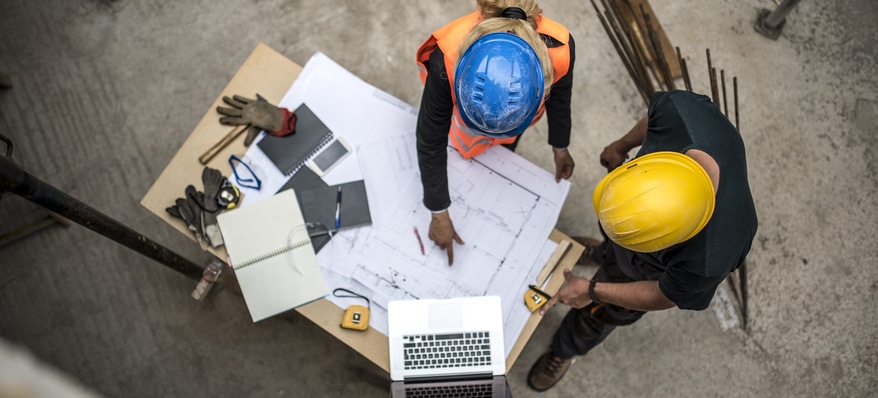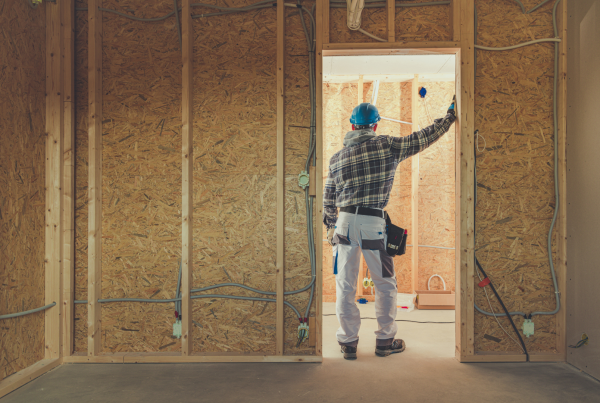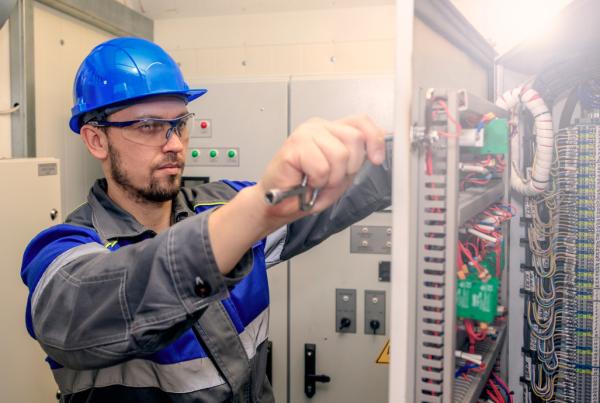The Golden Era of Building Trades in the U.S.
As we stand on the precipice of a new era, the next twenty years in the United States herald an unparalleled period of opportunity for those in the building trades. This bright future is the culmination of several converging factors: technological innovation, a surge in sustainable building practices, significant infrastructure renewal, and, notably, the exponential growth of data centers. These elements, woven together, paint a picture of robust growth, innovation, and prosperity within the construction industry. This article delves deep into the myriad reasons why the forthcoming decades are poised to be the most lucrative and rewarding time for professionals in the building trades in the U.S.
The Surge of Sustainable and Green Construction
At the heart of the construction industry’s evolution in the United States is the undeniable shift toward sustainability. This movement, fueled by environmental concerns and regulatory mandates, necessitates a transformation in how buildings are conceptualized, constructed, and maintained. Sustainable construction focuses on energy efficiency, the utilization of renewable resources, and a minimal environmental footprint. As the industry pivots towards these green practices, there emerges a vast landscape of opportunities for tradespeople skilled in the art of sustainable construction. This realm not only includes the creation of energy-efficient buildings but also the retrofitting of existing structures to meet new, rigorous environmental standards.
The Technological Revolution in Construction
The technological wave sweeping across the U.S. construction industry is introducing unprecedented efficiencies and capabilities. From the advent of 3D printing in building processes to the utilization of drones for enhanced surveying and inspection, the industry is undergoing a radical transformation. The widespread adoption of Building Information Modeling (BIM) further exemplifies this shift, offering a digital representation of physical and functional characteristics of spaces. These advancements necessitate a workforce that is proficient in traditional trades while being agile enough to embrace and leverage new technologies. This duality of skill sets broadens the horizon of career opportunities in construction, making it a field ripe with potential for innovation and growth.
Infrastructure Renewal and Expansion: A National Imperative
The United States is at a critical juncture, facing the immense task of renewing its aging infrastructure. The dilapidation of essential systems, coupled with the urbanization challenges, calls for an extensive array of construction projects. From the revitalization of bridges and highways to the upgrade of utility networks, the scope of required work is vast. The federal government’s commitment to significant infrastructure spending signals a long-term demand for skilled tradespeople. These large-scale projects are not just about rebuilding but reimagining America’s infrastructure to be more resilient, efficient, and future-ready.
The Exponential Growth of Data Centers
It’s crucial to spotlight the meteoric rise of data centers as a key driver of construction demand. The digital age has ushered in an insatiable appetite for data storage, processing, and distribution capabilities. This demand has catalyzed a boom in the construction of data centers across the United States. These facilities, critical to the backbone of the digital economy, require specialized construction expertise. From understanding the intricacies of cooling systems to ensuring the physical security of the buildings, the construction of data centers presents unique challenges and opportunities. This sector not only promises sustained demand for skilled labor but also offers the chance to be at the forefront of constructing the physical infrastructure of the digital age.
Addressing the Skills Gap
A significant hurdle facing the U.S. construction industry is the prevailing skills gap. This gap presents a unique advantage for those entering or currently within the building trades, as the demand for skilled labor far outpaces supply. This imbalance assures not only higher wages and job security but also underscores the indispensable role tradespeople play in the nation’s development. The industry’s future depends on attracting, training, and retaining skilled workers, making it a prime time for individuals to pursue careers in the trades.
Building for Resilience
The escalation of extreme weather events has put a premium on constructing buildings and infrastructure capable of withstanding these natural disasters. The emphasis on resilience is driving a need for tradespeople skilled in creating robust, durable structures. This focus extends beyond new constructions to the retrofitting of existing buildings, ensuring they can endure the challenges posed by climate change. The ability to contribute to a safer, more secure built environment adds a layer of significance and fulfillment to careers in the building trades.
The Global Stage
The construction industry’s globalization offers U.S. tradespeople opportunities to engage in projects worldwide. This exposure enriches their experience and skill sets, making them more versatile and in demand. Working on international projects provides insights into global construction practices and technologies, further enhancing the U.S. construction industry’s competitiveness and innovation.
The Path Forward
The convergence of environmental, technological, and societal trends makes the next twenty years an optimal time for involvement in the building trades in the United States. For those passionate about construction and eager to engage with the evolving demands of the industry, the opportunities are vast and varied. The sector not only offers a pathway to a rewarding career but also the chance to play a pivotal role in shaping the future of the American built environment. The emphasis on sustainable, resilient, and technologically advanced construction promises not just growth but a legacy of positive impact on communities and the environment.
Conclusion
The building trades in the U.S. are on the brink of a golden era, driven by the demand for sustainable construction, technological innovations, infrastructure renewal, and the exponential growth of data centers. This period promises to be one of unparalleled opportunity for growth, innovation, and prosperity. For tradespeople, this era offers a chance to not only advance their careers but also contribute to the construction of a sustainable, resilient, and technologically advanced future. The next twenty years will undoubtedly be the best time to be in the building trades in the U.S., marking a period of significant contributions to the nation’s fabric and a thriving economy.




